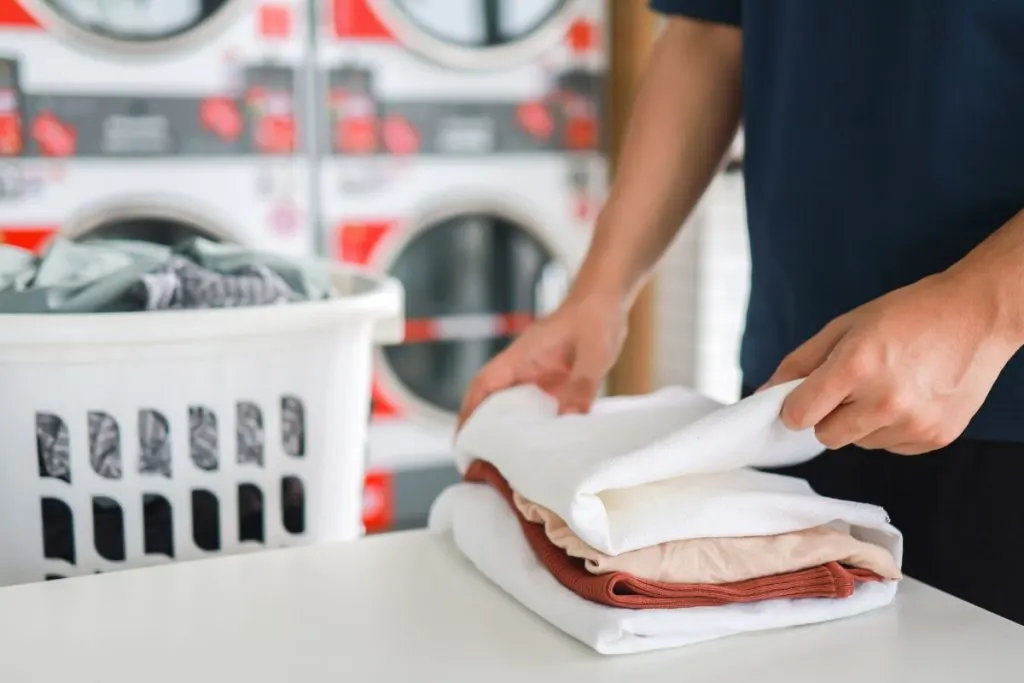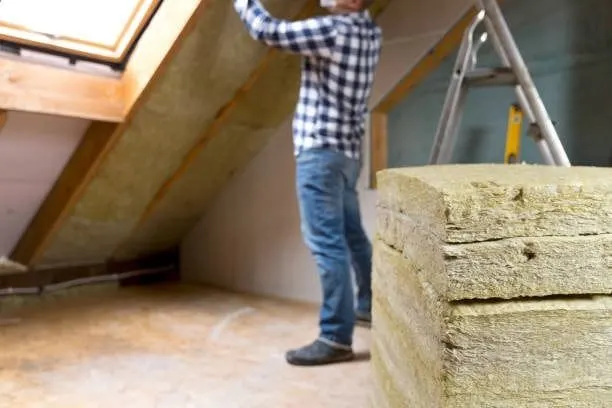Adopting an eco-friendly lifestyle doesn’t require grand gestures or significant lifestyle overhauls. Small changes in your daily routine and home environment can significantly reduce your ecological footprint.
Not only do these small actions contribute to a healthier planet, but they can also lead to a more economical lifestyle and a greater sense of well-being. By making your home more environmentally conscious, you’re investing in a sustainable future.
The urgency of environmental concerns has never been more pressing. Climate change, resource depletion, and pollution are challenges that need immediate action.
While these issues might seem overwhelming at a global scale, individual efforts can collectively lead to substantial positive impacts.
In this post, we’ll explore some manageable steps you can take to enhance the eco-friendliness of your home.
1. Opt for Energy-Efficient Lighting
One of the simplest steps towards an eco-friendly home is switching to LED or CFL bulbs. These consume far less energy compared to traditional incandescent bulbs and last longer, reducing the need for frequent replacements.
Not only will this cut down on your electricity bills, but it also reduces the demand for energy production, which often relies on unsustainable resources.
Consider installing dimmer switches or motion sensors too. These additions ensure that lights are only used when necessary, further cutting down energy consumption.
Imagine entering a room and having the light turn on automatically—it’s convenient and efficient.
2. Reduce, Reuse, Recycle
The mantra of reduce, reuse, and recycle is a cornerstone of sustainable living. Start by reducing your waste. Be mindful of packaging when shopping and opt for products that use minimal or recyclable materials. Whenever possible, bring reusable bags, bottles, and containers to minimize waste generation.
Explore creative ways to reuse items. Old jars can become storage solutions, or even plant pots, while worn-out clothes can be repurposed into cleaning rags. By seeing potential in what might otherwise be discarded, you can cut down on both waste and the need to purchase new items.
3. Switch to Eco-Friendly Cleaning Products
Many conventional cleaning products contain harsh chemicals that can harm both the environment and your health. Opt for eco-friendly alternatives that use natural ingredients. They’re just as effective in keeping your home clean without the harmful side effects and pollution.
Consider making your own cleaning solutions. Simple household ingredients like vinegar, baking soda, and lemon can tackle a variety of cleaning tasks. This approach is not only kinder to the planet but also gentle on your wallet.
4. Embrace Water Conservation

Water is a precious resource, and conserving it is crucial. Install low-flow showerheads and faucets to reduce water usage without sacrificing performance. Fixing leaks promptly also prevents unnecessary water wastage.
Be mindful of your daily water usage. For instance, turn off the tap while brushing your teeth or shaving. Even small actions like these add up to significant conservation over time. By making these habit changes, you’re protecting vital resources for future generations.
5. Incorporate Houseplants

Houseplants are not only aesthetically pleasing but also improve air quality by absorbing toxins and releasing oxygen. Choose hardy varieties like snake plants or pothos, which require minimal maintenance yet offer maximum benefits.
Positioning plants throughout your home can create a natural air filter, leading to a healthier living environment. Embrace the greening of your spaces—it’s like bringing a breath of fresh air into your home.
6. Rethink Your Laundry Routine

Believe it or not, your laundry habits can have a significant impact on the environment. Wash clothes in cold water whenever possible; this saves energy and helps clothes last longer. Additionally, try air-drying clothes when the weather permits, instead of using a tumble dryer.
Use eco-friendly laundry detergents that come in minimal packaging or, better yet, go package-free. This not only reduces plastic waste but also the number of chemicals that seep into our water systems.
7. Buy Secondhand or Upcycled Furniture
Consider opting for secondhand or upcycled furniture. Not only does this prevent perfectly good items from ending up in landfills, but it also adds unique character to your home. Thrift stores, online marketplaces, and garage sales are treasure troves waiting to be explored.
Upcycling can breathe new life into old furniture. A coat of paint or new upholstery can transform a seemingly outdated piece into a stylish addition to your home, saving both money and the environment.
8. Optimize Insulation
Proper insulation is key to maintaining an energy-efficient home. It keeps your house warmer in the winter and cooler in the summer, which means your air conditioning and heating systems won’t have to work as hard.
Check for drafts around windows and doors and seal them with weather stripping or caulk. Even simple DIY solutions can make a big difference in preventing energy loss. Proper insulation not only enhances comfort but also significantly reduces energy bills.
9. Support Local and Sustainable Products
Whenever possible, choose local and sustainably produced goods. These products often have a smaller carbon footprint due to reduced transportation distances. Plus, supporting local businesses helps boost the economy in your community.
Be mindful of the origins of everything from your food to your furniture. Choosing sustainably sourced products ensures you’re contributing to a more balanced ecological system.
10. Cut Down on Plastic
Plastic pollution is a significant environmental issue. By reducing plastic use in your home, you contribute to a cleaner planet. Opt for alternatives like glass, metal, or biodegradable materials whenever possible, from your kitchenware to your toiletries.
Start with small changes, like using reusable shopping bags, avoiding single-use plastics, and investing in high-quality, durable items that won’t need frequent replacement. Every bit counts when it comes to reducing plastic waste.
Embracing Change for a Greener Tomorrow
Implementing these small changes can make your home more eco-friendly, reducing your impact on the environment while often saving you money.
Each step forward brings us closer to a sustainable future, where our homes contribute to the health of our planet. By making these adjustments, you’re part of the solution, setting an example for others to follow.
Let’s work together towards a greener tomorrow—because every little bit helps.








